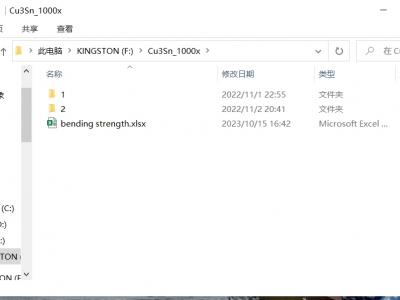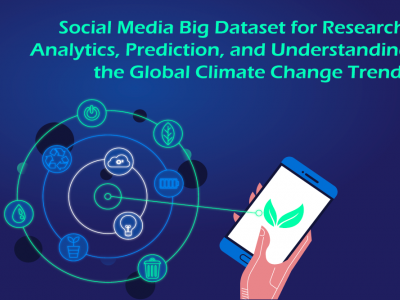Machine Learning
Nowadays, how to non-destructively obtain the bending strength of the bronze-based matrix fabricated by low-temperature hot pressing sintering (HPS) is still difficult. The main contribution of our research is a proposed visual quantization model based on microstructure features of metallographic microscopy images and machine learning to predict the bending strength of bronze-based material. Exploring the interrelationship between microstructure features and mechanical properties will guide the modulation of grinding wheel composition and HPS parameters.
- Categories:
 18 Views
18 Views
Data on 2355 COVID-19 cases by date of July to December 2021 were extracted from a data set recorded by COVID-19 referral centers at Qazvin province in Iran. We recorded a wide range of clinical characteristics including age, sex, previous diseases, and hospitalization time. Moreover, we collected data about the different consumed medications including Atrovastatin 20 mg, Atrovastatin 40 mg, Ivermectin 3 mg, Ivermectin 40 mg, Dexamethasone, Kaletra, Favipiravir, Famotidine 40 mg, Interferon, Remdesivir, Hydroxychloroquine.
- Categories:
 398 Views
398 ViewsDuring our research in generating or optimizing molecules to be drug candidates by extending deep reinforcement learning and graph neural networks algorithms, we used GEOM data [1], and we had an idea to make a dataset obtained from molecules from GEOM to predit the activity towards COVID and the drug linkeness. We calculated over 200 descriptors for the molecules using RDKit [2]. We hope you enjoy using it.
References:
- Categories:
 371 Views
371 ViewsThis dataset comprises gunshot audio and supporting data released as part of ShotSpotter Tech Note 098, "Precision and accuracy of acoustic gunshot location in an urban environment".
The data derive from a series of live fire tests of the ShotSpotter Respond gunshot location system conducted in Pittsburgh, PA on December 18th, 2018 by the Pittsburgh Bureau of Police. ShotSpotter uses live fire tests to validate that the deployed sensor density is appropriate for the community in question, and to ensure the system is ready for production use.
- Categories:
 676 Views
676 Views
The pathology files of 194 colon cancer patients, 137 breast cancer patients, 124 gastric cancer patients, and 169 thyroid cancer patients who were referred to the healthcare facilities of Qazvin Province, Iran were examined for age, sex, surgery type, and pathological information. We collected information between 2010 and 2020.
- Categories:
 1078 Views
1078 Views
JVNV is a Japanese emotional speech corpus with verbal content and nonverbal vocalizations whose scripts are generated by a large-scale language model.
Existing emotional speech corpora lack not only proper emotional scripts but also nonverbal vocalizations (NVs) that are essential expressions in spoken language to express emotions.
We propose an automatic script generation method to produce emotional scripts by providing seed words with sentiment polarity and phrases of nonverbal vocalizations to ChatGPT using prompt engineering.
- Categories:
 569 Views
569 ViewsSocial Media Big Dataset for Research, Analytics, Prediction, and Understanding the Global Climate Change Trends is focused on understanding the climate science, trends, and public awareness of climate change. The use of dataset for analytics of climate change trends greatly helps in researching and comprehending global climate change trends.
- Categories:
 3817 Views
3817 ViewsThe Numerical Latin Letters (DNLL) dataset consists of Latin numeric letters organized into 26 distinct letter classes, corresponding to the Latin alphabet. Each class within this dataset encompasses multiple letter forms, resulting in a diverse and extensive collection. These letters vary in color, size, writing style, thickness, background, orientation, luminosity, and other attributes, making the dataset highly comprehensive and rich.
- Categories:
 494 Views
494 Views





